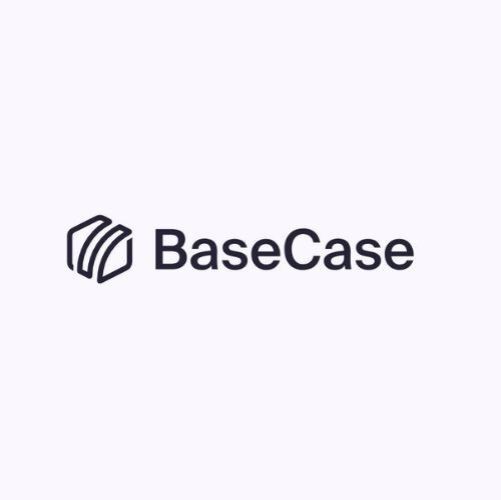Exploring the Pros and Cons: Desktop Applications vs. Web Applications
Ditstek Innovations . Follow
6 months ago

In the ever-evolving landscape of software development, two primary types of applications dominate the market: desktop applications and web applications. Both offer unique advantages and drawbacks, catering to different user needs and preferences. Let's delve into the pros and cons of each to understand their suitability for various scenarios.
Desktop Applications:
Pros:
-
Performance: Desktop applications typically offer superior performance compared to web applications due to their ability to leverage the full processing power of the user's device. This allows for faster response times and smoother user experiences, especially for resource-intensive tasks like video editing or 3D rendering.
-
Offline Accessibility: One of the significant advantages of desktop applications is their ability to function without an internet connection. Users can access and use them offline, ensuring uninterrupted productivity even in areas with poor connectivity or during network outages.
-
Rich User Interface: Desktop applications often boast highly customizable and visually appealing user interfaces. Developers have greater control over design elements, allowing for more intricate and immersive experiences tailored to specific user requirements. This can include features like customizable toolbars, keyboard shortcuts, and advanced graphical effects.
-
Access to System Resources: Desktop applications can interact more deeply with the underlying operating system and hardware, accessing system resources such as files, peripherals, and APIs with greater ease. This facilitates seamless integration with other software and devices, enabling features like drag-and-drop functionality, printing support, and direct hardware access.
-
Security Controls: Desktop applications offer robust security controls, allowing developers to implement advanced security measures to protect user data and prevent unauthorized access. This can include features like encryption, secure authentication, and role-based access control, ensuring data privacy and integrity.
Cons:
-
Platform Dependency: Developing desktop applications often requires targeting specific operating systems (e.g., Windows, macOS, Linux), leading to platform dependency. Maintaining compatibility across multiple platforms can be challenging and resource-intensive for developers, requiring separate codebases or platform-specific adaptations.
-
Installation and Updates: Users need to install desktop applications on their devices manually, which can be cumbersome and time-consuming. Additionally, managing updates and ensuring all users are using the latest version can be challenging, potentially leading to compatibility issues and security vulnerabilities if updates are not applied promptly.
-
Distribution Challenges: Distributing desktop applications to users can pose challenges, especially for software developers without established distribution channels. Traditional distribution methods like physical media (e.g., CDs, DVDs) or direct downloads from websites may require significant marketing efforts to reach target audiences effectively.
-
Resource Consumption: Desktop applications can consume significant system resources, including CPU, memory, and disk space, particularly if they are large or complex. This can impact the overall performance of the user's device and may lead to compatibility issues with other software running concurrently.
-
Security Risks: Desktop applications are more susceptible to security risks such as malware, viruses, and ransomware, especially if they require elevated privileges to access system resources. To mitigate these risks effectively, robust security measures, such as regular updates, antivirus software, and secure coding practices, are essential.
Web Applications:
Pros:
-
Cross-Platform Compatibility: Web applications are accessible through web browsers, making them inherently cross-platform compatible. Users can access them from any device with a compatible browser and internet connection, regardless of the underlying operating system, enabling broad accessibility and reach.
-
Easy Deployment and Updates: Deploying web applications is relatively straightforward since users only need a URL to access them. Developers can push updates seamlessly, ensuring all users can access the latest features and security patches without manual intervention, streamlining the update process.
-
Scalability: Web applications can easily scale to accommodate growing user bases and increased demand. The cloud-based infrastructure allows for flexible resource allocation, ensuring optimal performance even during peak usage periods, making web applications well-suited for rapidly evolving or expanding businesses.
-
Automatic Data Backup: Web applications often include built-in mechanisms for automatic data backup and recovery, reducing the risk of data loss due to hardware failures or other unforeseen circumstances. This gives users peace of mind, knowing that their data is securely stored and can be restored if needed.
-
Collaborative Features: Web applications are well-suited for collaboration and real-time communication, thanks to features like instant messaging, file sharing, and collaborative editing. These features enable teams to work together efficiently, regardless of their physical location, fostering productivity and collaboration in remote or distributed work environments.
Cons:
-
Performance Limitations: Web applications are inherently limited by the performance of the user's device and internet connection. Complex tasks or large datasets may result in slower response times and reduced overall performance compared to desktop applications, impacting user experience and productivity.
-
Dependency on Internet Connection: Since web applications rely on an Internet connection, users may experience disruptions in service due to network outages or poor connectivity. Offline functionality may be limited or nonexistent, affecting user productivity in certain scenarios, particularly in areas with unreliable internet access.
-
Security Vulnerabilities: Web applications are susceptible to various security threats, including cross-site scripting (XSS), SQL injection, and data breaches. Implementing robust security measures, such as encryption, secure authentication protocols, and regular security audits, is crucial to mitigate these risks effectively and protect user data.
-
Browser Compatibility Issues: Ensuring compatibility across different web browsers and versions can be challenging for web developers, as each browser may interpret and render web content differently. This can lead to inconsistencies in user experience and functionality, requiring additional testing and optimization efforts to ensure a seamless experience across all platforms.
-
Limited Access to System Resources: Web applications operate within the constraints of web browsers, restricting their access to certain system resources such as files, peripherals, and hardware. This can limit their functionality compared to desktop applications with deeper integration with the underlying operating system, potentially hindering performance and feature capabilities.
Conclusion:


